30 Nov 2024
_0.jpg)
Rebecca Herbert
Climate Activist
Microplastics are now everywhere in our environment, including the air, water, and the foods we eat.
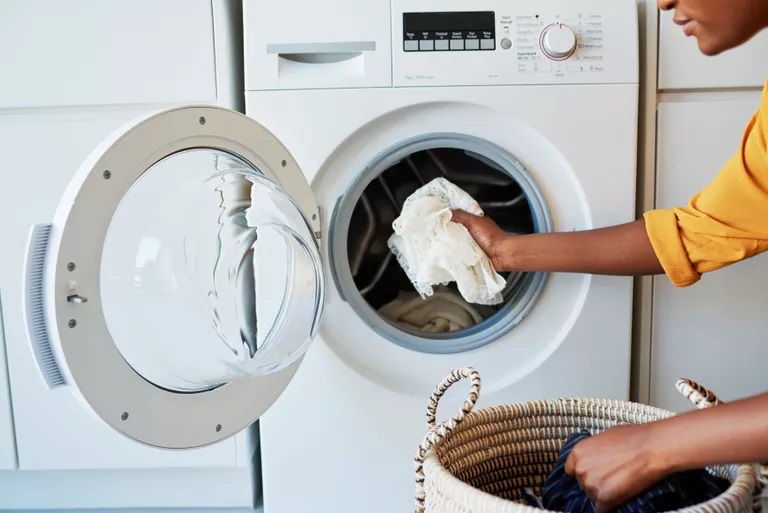
Microplastics are now everywhere in our environment, including the air, water, and the foods we eat. These fragments of plastic are less than five millimeters in length, which makes them about the size of a sesame seed or smaller.1 Some are nearly microscopic.
Our consumption of microplastics is shocking—from 39,000 to 52,000 particles each year per person, depending on the age and sex of an individual.2 But that number relates only to the quantity we eat. Tens of thousands of particles are added to that estimate when you account for airborne particles as well as microplastics consumed from plastic bottles.
There is not a lot of conclusive research about how microplastics impact the human body. We do know, however, that many plastics contain harmful chemicals, and the smallest bits of plastic are the most likely to cause harm to marine life. Microplastics block the intestinal system of marine animals, alter feeding habits, and disrupt the amount of nutrition animals ingest. Research also finds that chemicals from plastics can injure the organs.3
Fortunately, it's not difficult to radically reduce the amount of microplastics you bring into your body—as well as the amount you create by performing common household activities. Below are nine tips for reducing microplastics in your home.
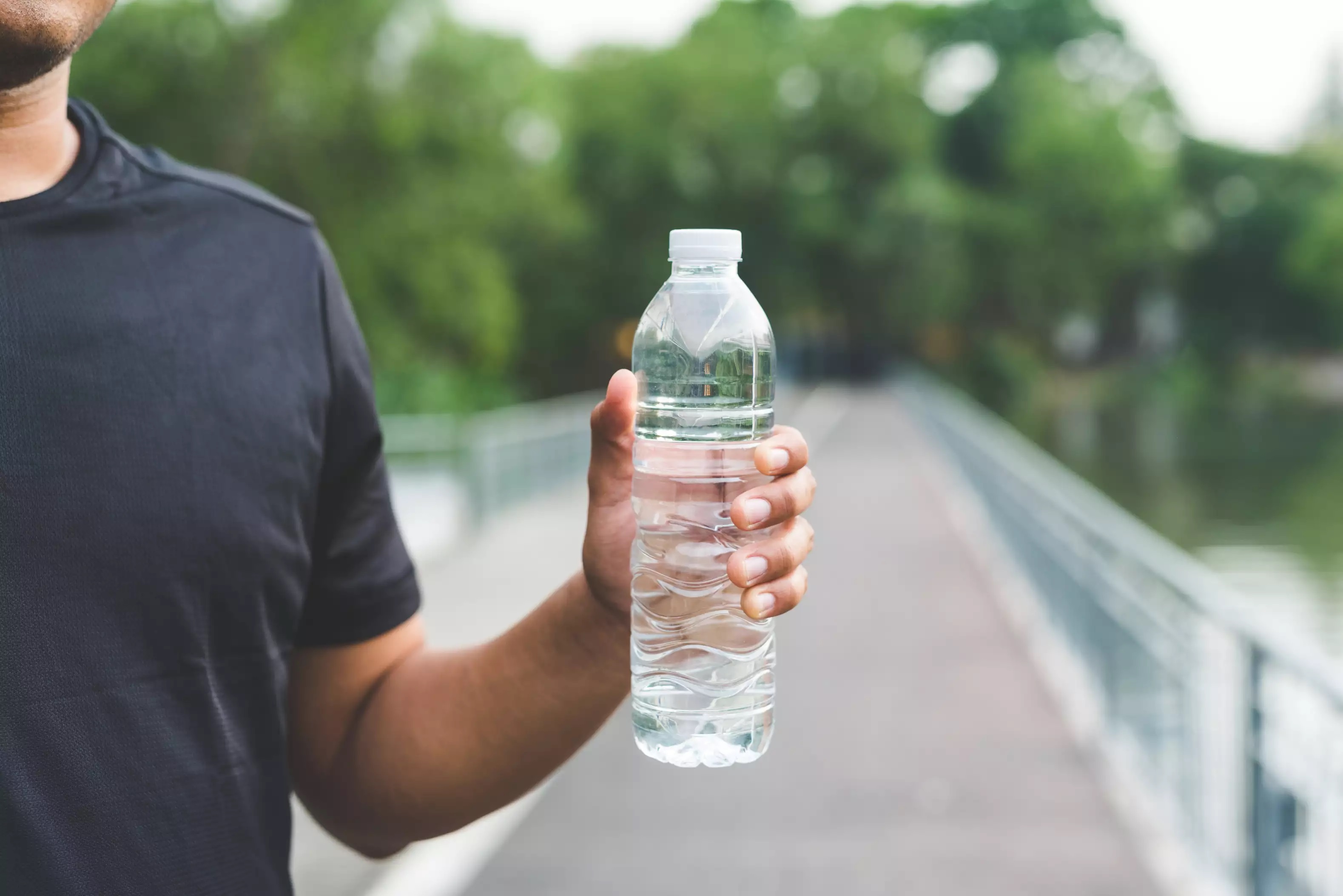
According to one study, of 259 bottles of water from major companies such as Nestle and Evian, 93% revealed microplastic contamination. A small number of bottles contained as many as 10,000 microparticles.4 It is wise to drink and use clean tap water or water sold in glass bottles, if you have access.
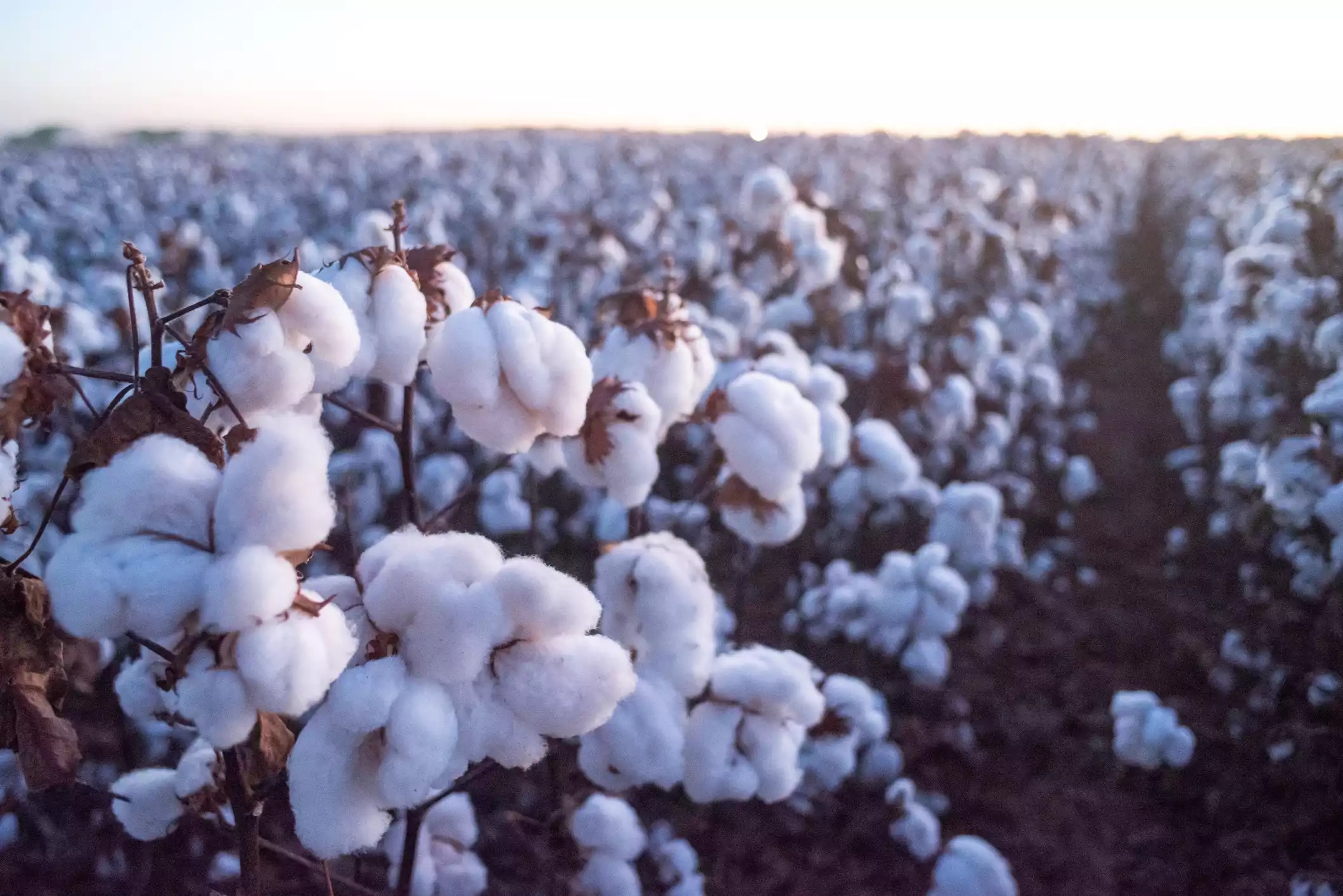
Many of the textiles we use everyday are made of plastic polymers. In 2016, 65 million tons of plastic went into making textile fibers around the world.5 Textiles shed tiny bits of plastic during production, wearing, washing, and disposal; much of that plastic goes into waterways. To limit your contribution, buy textiles made of natural products such as cotton, wool, silk, and even bamboo.
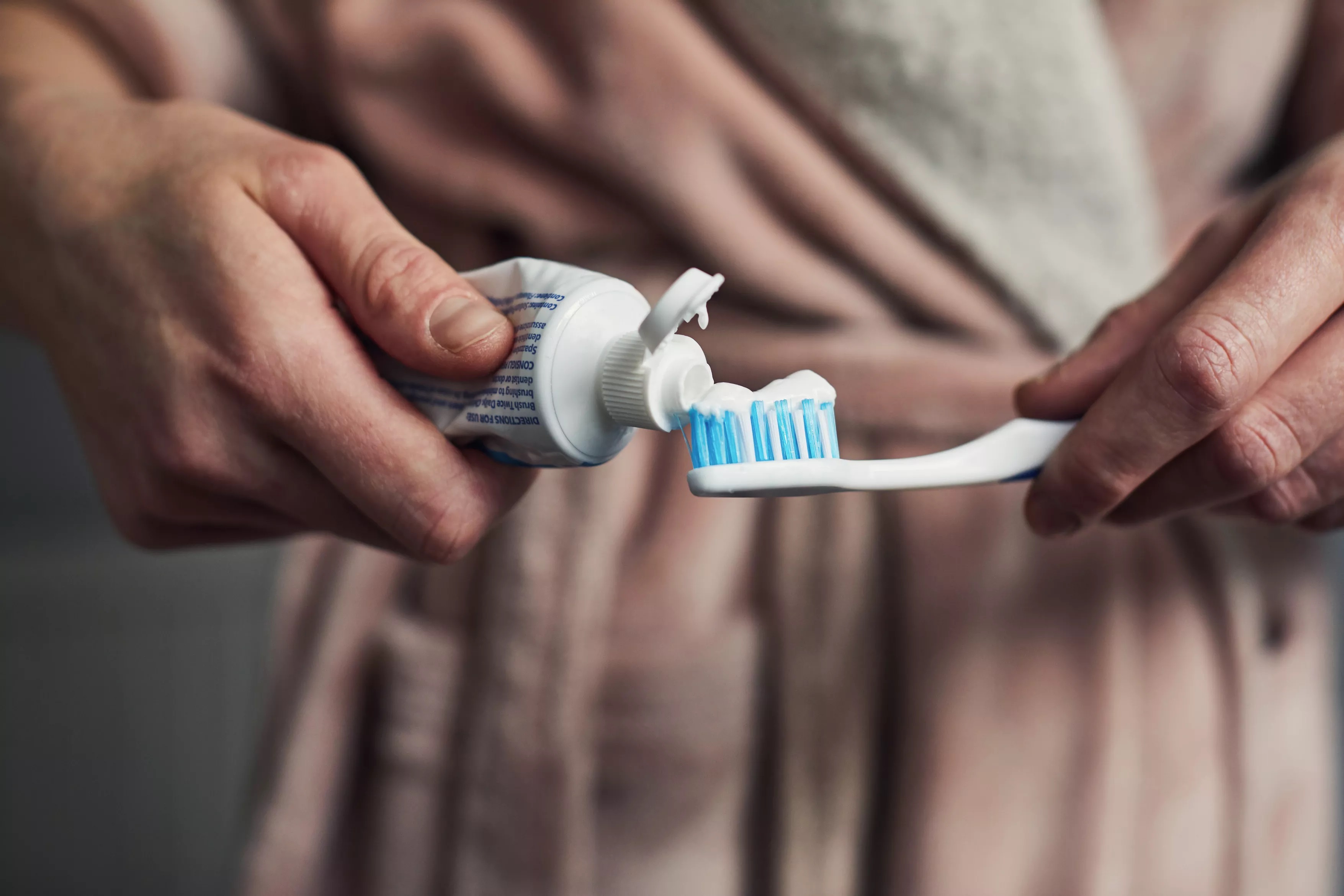
Want smooth skin or shiny teeth? Many products you use may contain tiny plastic microbeads that help clean or exfoliate, among other benefits companies claim. However, these plastic particles are just more pollutants to add to the list. Avoid products containing microbeads; more often than not, there are ways to achieve the same health and aesthetic results without them.

It may be tough to remove all microplastic fibers from your clothing—it's in everything, from underwear to fleece. Plus, a single load of washed and dried clothing can release a million microplastic particles into the water supply.6 Still, all hope is not lost. You can radically reduce microplastics by installing a filter in your washing machine and air-drying your clothes. There are plenty of other ways to "green" your laundry routine.
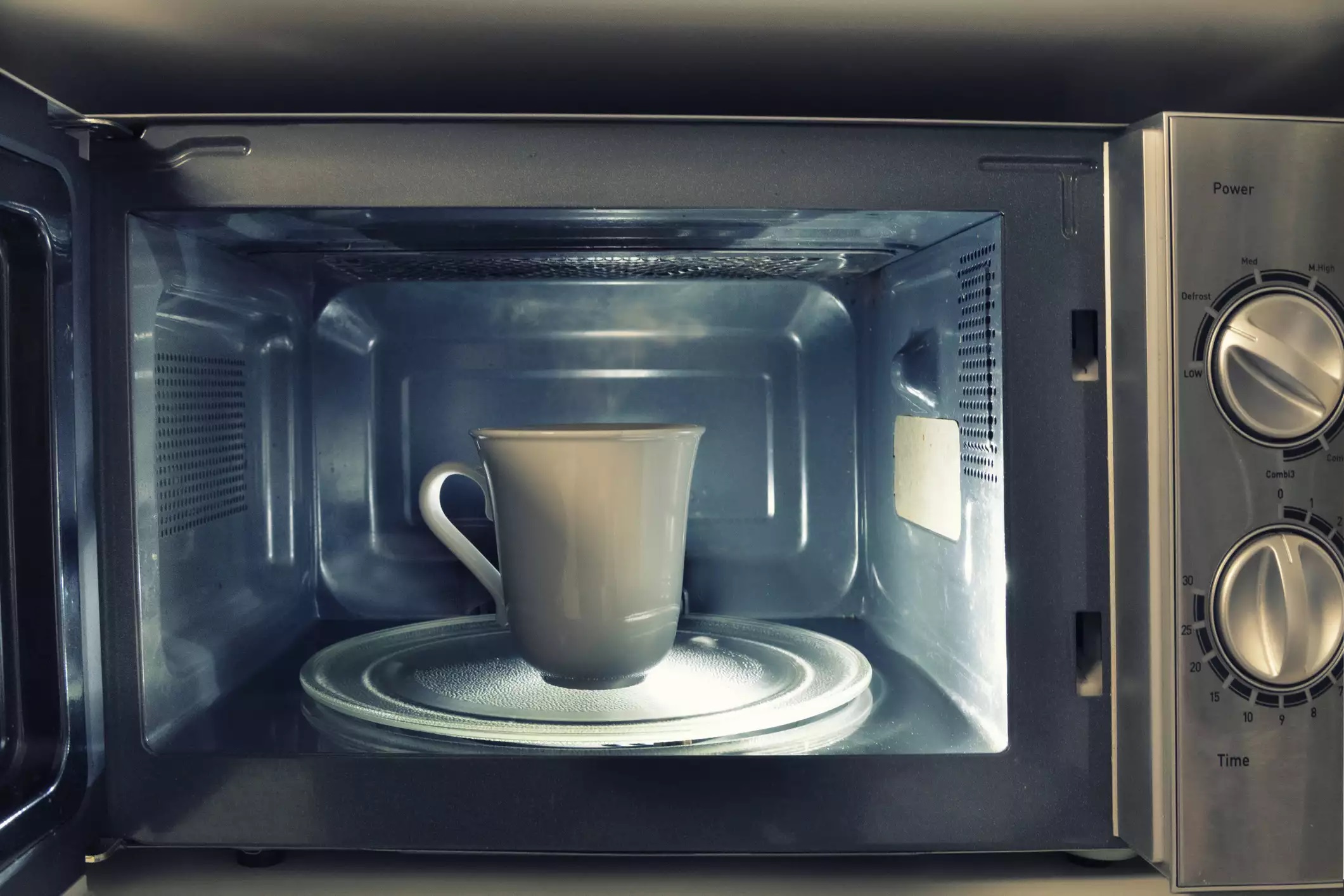
The warmer a plastic container is, the more plastic it is likely to shed.7 Make sure (and don't only assume) that the containers in your home are microwave safe. And if you use plastic to store your food in the refrigerator, be sure to put it in a glass or ceramic container before popping it in the microwave.
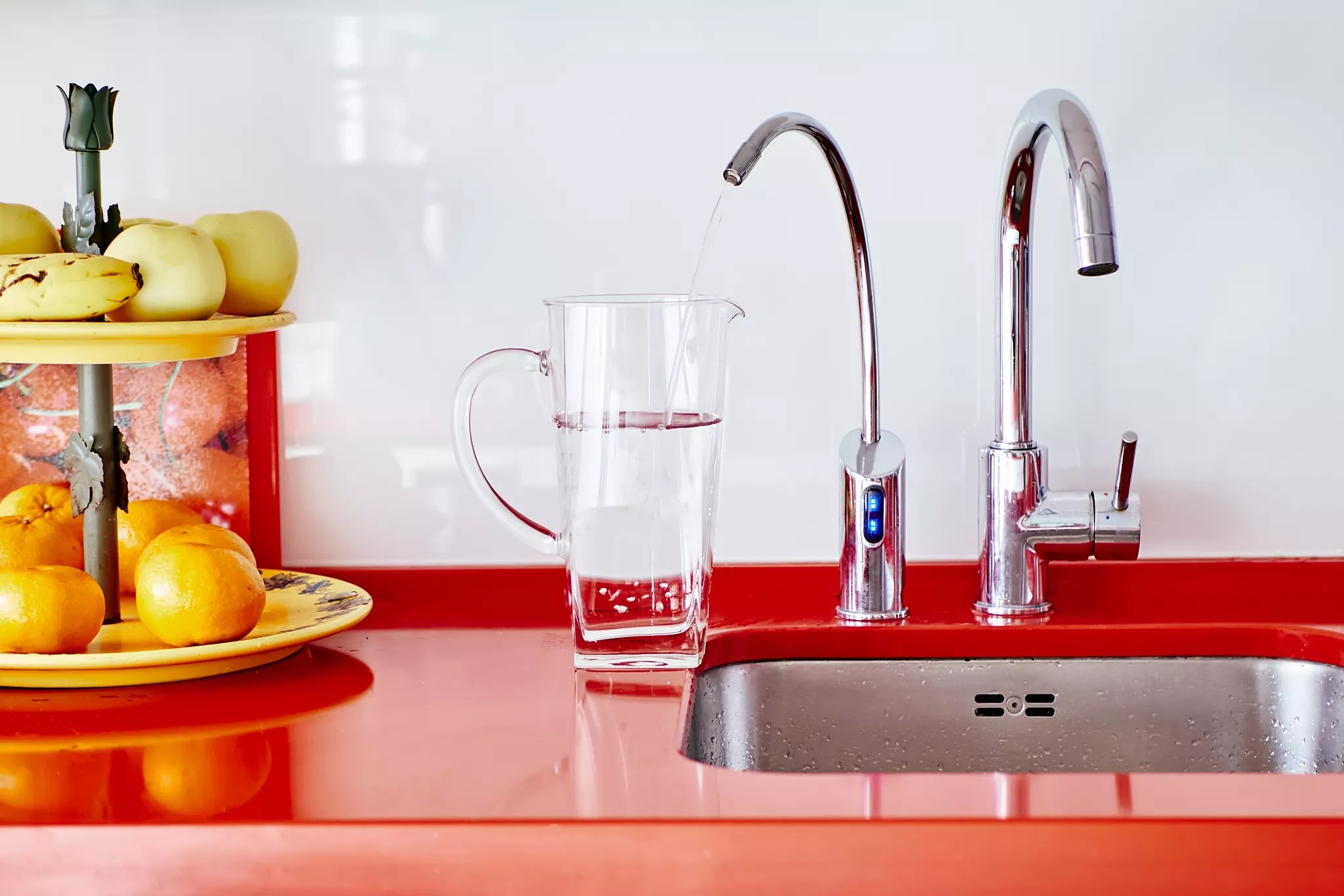
Not all water filters are created equal. Some, however, are specifically designed to remove impurities from your tap water. Look for filters that use reverse osmosis or nanofiltration for the best results.
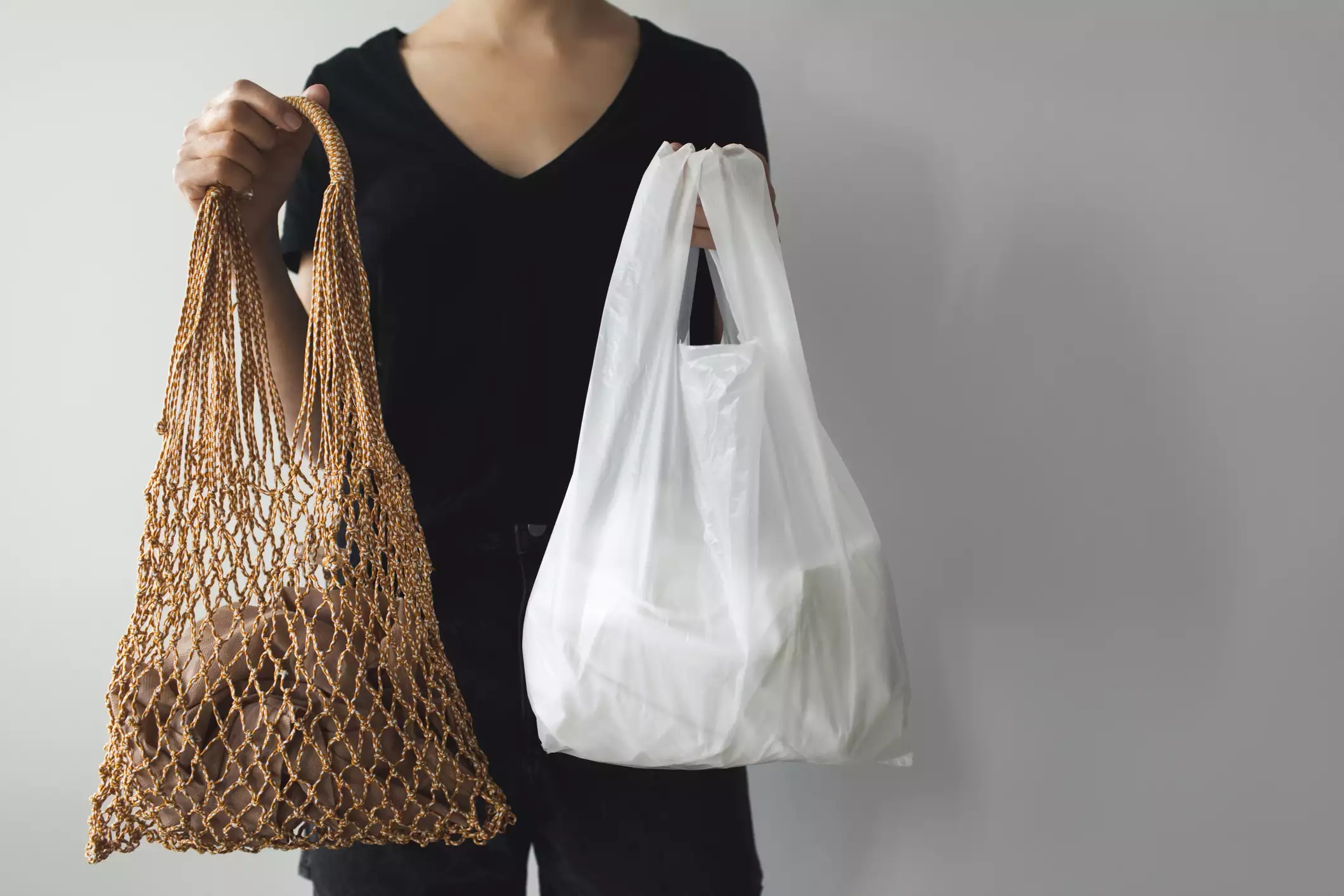
While this is an obvious one by now, it's still hard sometimes to escape single-use plastic, particularly at grocery stores or when shopping online. Not only is it more eco-friendly to consciously consume, research sustainable packaging options, and buy reusable shopping bags; it also helps you lessen your microplastic footprint.
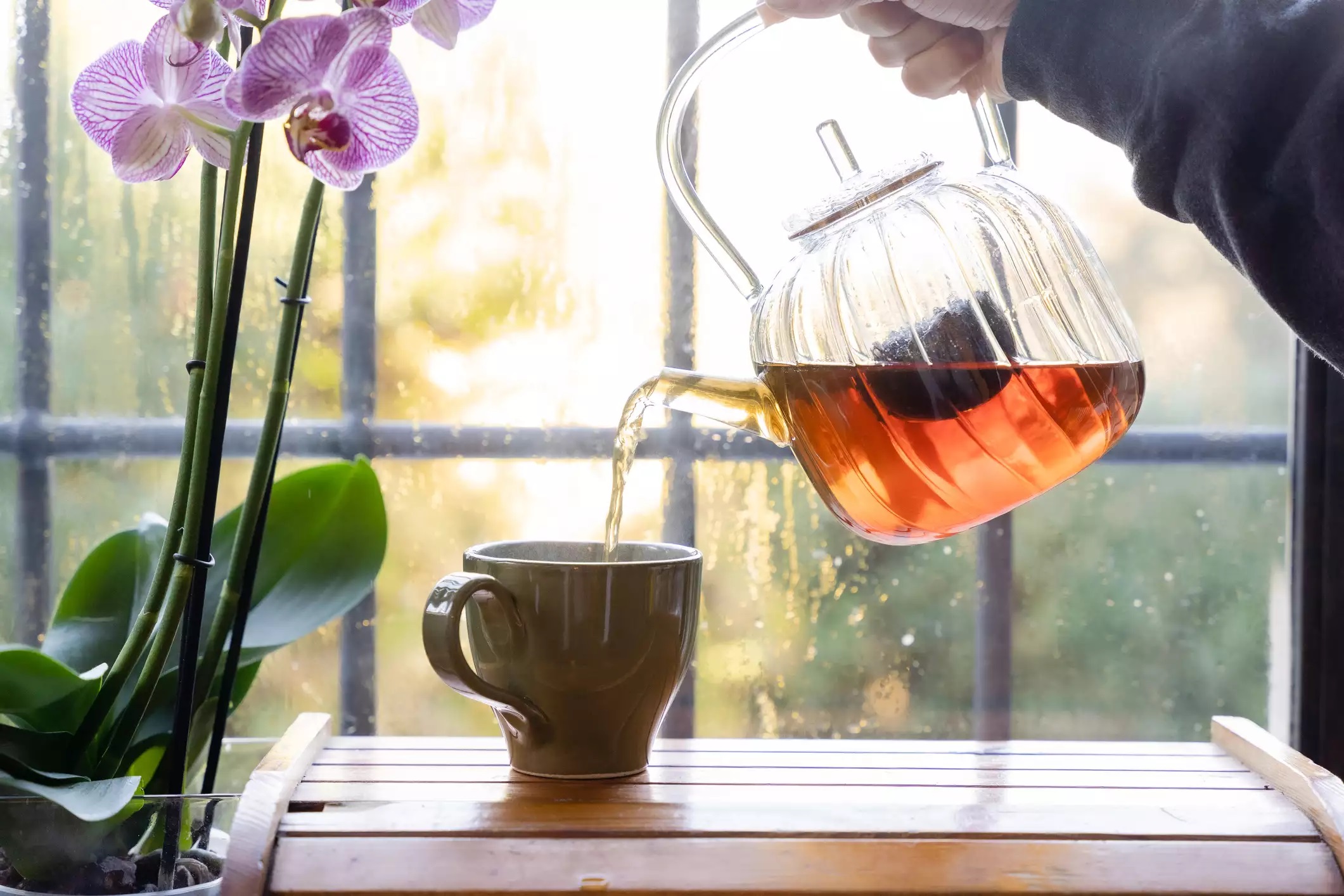
Tea bags used to be exclusively made of paper. But in recent years, tea companies have created tougher, more attractive bags using nylon and other materials. These tea bags look harmless enough, but just steeping your tea in a cup of hot water can release approximately 11.6 billion microplastics and 3.1 billion nanoplastics into your cup.8 The easy fix? Buy your tea loose and use an old-fashion tea strainer for your morning cup.
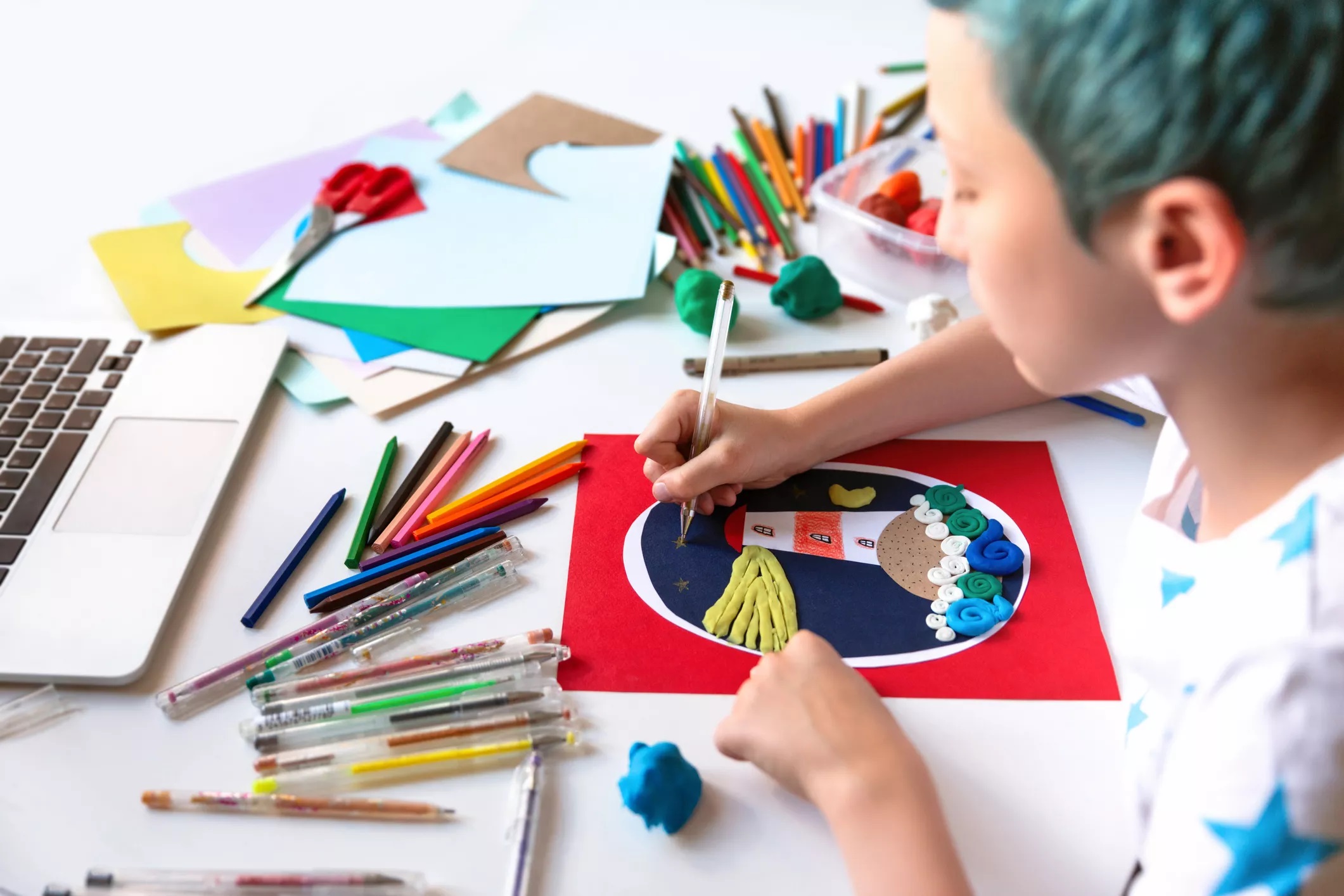
Commonly used to decorate cards, eyelids, and even clothing, glitter is really nothing more than handfuls of shiny microplastics that, in most cases, are simply discarded once they've been admired. Try using old fashioned wax crayons, paint, and other decorative materials for crafts, and opt for cosmetics with a little less shimmer.
Comment
Reply